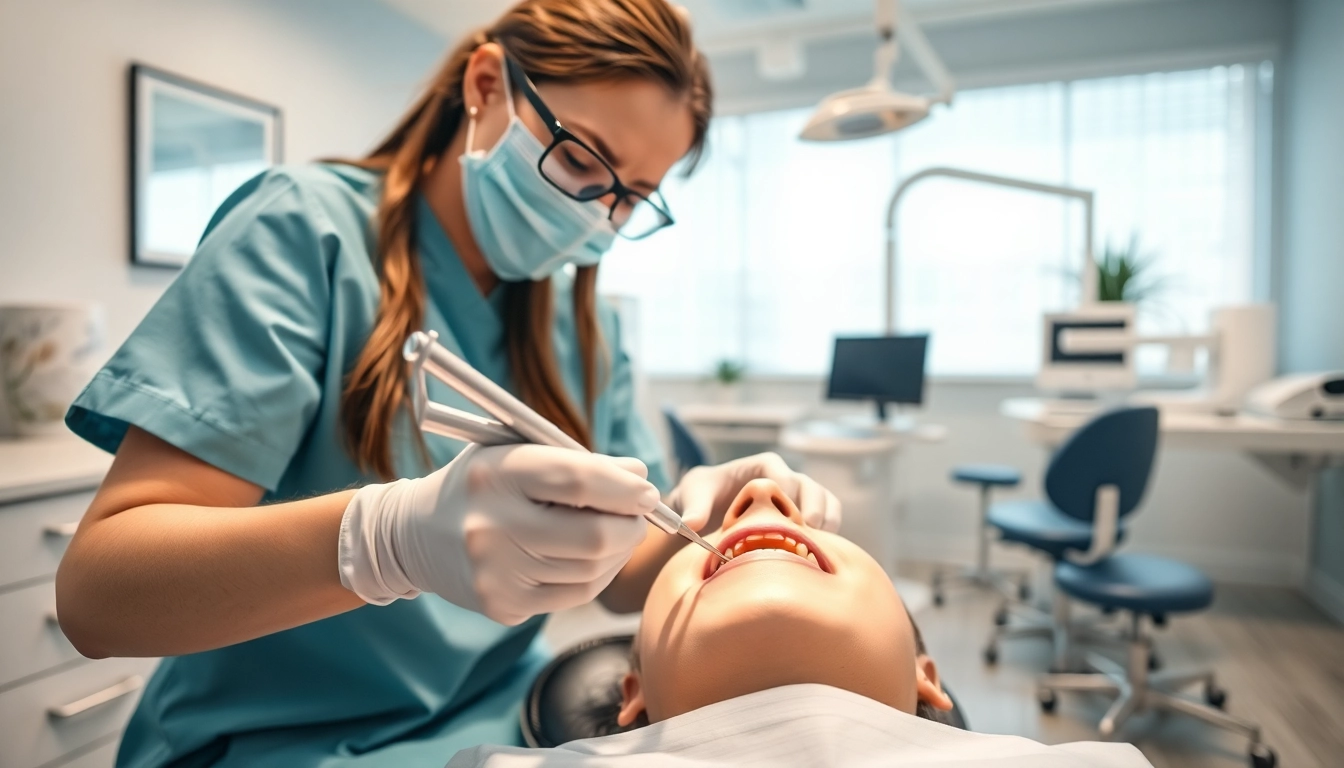Understanding Hip Dips
What Are Hip Dips?
Hip dips, also known as “violin hips,” are an anatomical feature characterized by a natural inward curve along the side of the hip. This indentation can be observed below the hip bone and above the thigh. While hip dips are completely normal and are influenced by bone structure and fat distribution, many individuals, particularly women, may find them aesthetically undesirable. As a result, there is increasing interest in cosmetic procedures that can enhance the contours of the body, such as filler for hip dips.
Common Concerns
Many people feel self-conscious about their hip dips, associating them with a lack of femininity or an imbalance in body shape. Such perceptions are often influenced by societal beauty standards that favor curvier silhouettes. It is important to recognize that hip dips are a natural anatomical characteristic, and the presence of hip dips does not reflect overall fitness or health. Despite this, individuals seeking more pronounced curves often explore various options to achieve their desired body shape.
Factors Influencing Hip Dip Appearance
The appearance of hip dips can be influenced by several factors, including genetics, body fat percentage, and muscle tone. Individuals with narrower pelvic bones may naturally exhibit more pronounced hip dips regardless of their overall body composition. Furthermore, those with lower body fat percentages may notice that hip dips appear more visible, whereas increased fat distribution around the hips and thighs might soften the appearance of the dips. Additionally, lack of muscle tone in the surrounding areas can exacerbate the visibility of hip dips, leading individuals to consider various aesthetic treatments.
Filler for Hip Dips: An Overview
Types of Fillers Used
When it comes to filler for hip dips, several types can be used, each with its own properties and benefits. The most common options include hyaluronic acid fillers and collagen-stimulating substances. Hyaluronic acid fillers provide immediate results by adding volume where injected, and they are reversible, allowing for adjustments if desired. On the other hand, collagen-stimulating fillers promote the body’s natural collagen production over time, resulting in more gradual improvements. Each type of filler has its unique indications, and a professional consultation can help determine which is most suitable based on individual needs.
The Benefits of Using Fillers
Using fillers for hip dips presents various benefits, allowing individuals to achieve a more balanced and contoured silhouette without the need for invasive surgery. Some of the primary advantages include:
- Non-Invasive Treatment: Unlike surgical procedures, filler injections are minimally invasive, leading to less downtime and quicker recovery.
- Immediate Results: Many patients notice immediate improvements in their hip contours following the procedure, making it an appealing option for those seeking rapid results.
- Customizable Outcomes: Fillers can be strategically placed to achieve tailored, natural-looking results, enhancing the body’s natural shape.
- Reversibility: Hyaluronic acid fillers can be dissolved if the patient is unsatisfied with their results, providing an added layer of reassurance.
Who Is an Ideal Candidate?
An ideal candidate for filler for hip dips typically includes individuals who are in good overall health and have realistic expectations regarding the results. Ideal candidates often:
- Desire to improve the appearance of their hips without invasive surgery.
- Are aware of the temporary nature of filler treatments and willing to undergo follow-up sessions for maintenance.
- Have a clear understanding of their body structure and aesthetic goals.
The Procedure Explained
What to Expect During the Treatment
The procedure to inject fillers into the hips typically begins with a consultation. During this session, the practitioner will assess the patient’s anatomy and goals, discuss the types of fillers available, and establish a treatment plan. On the day of the procedure, the area to be treated will be cleaned, and a topical anesthetic may be applied to minimize discomfort. The filler will then be injected strategically to enhance the contour of the hips. The treatment may take approximately 30 to 60 minutes, depending on the desired outcome.
Aftercare Guidelines
Post-treatment care is essential for optimal results and can help minimize potential side effects. After receiving fillers for hip dips, individuals should adhere to the following aftercare guidelines:
- Avoid strenuous exercises or activities for at least 24 to 48 hours to minimize swelling.
- Refrain from massaging or manipulating the treated area to allow the filler to settle properly.
- Stay hydrated and maintain a healthy diet to promote healing.
- Monitor the treatment area for unusual swelling or changes; contact the provider if any concerns arise.
Pain Management Strategies
While filler treatments are generally well-tolerated, some individuals may experience mild discomfort during the procedure. To manage pain effectively, practitioners might employ the following strategies:
- Topical anesthetics to numb the area before injections, reducing initial sensations.
- Cryotherapy, or ice application, to minimize swelling and discomfort immediately after the procedure.
- Over-the-counter pain relievers following the treatment to ease any lingering soreness.
Results and Expectations
Understanding Longevity of Fillers
The longevity of the results from filler for hip dips can vary based on several factors, including the type of filler used, the injection technique, and individual metabolic rates. Generally, hyaluronic acid fillers may last anywhere from 6 to 18 months, depending on the product used and how the body metabolizes it. Collagen-stimulating fillers can provide longer-lasting results, often sustaining effects for up to two years or more as the body’s natural collagen continues to develop in the treated areas.
Realistic Outcome Expectations
Having realistic expectations is vital for anyone considering fillers for hip dips. While the treatment can enhance contours and provide a more balanced silhouette, it is important to understand that absolute symmetry and drastic changes are not always attainable. The goal should be to achieve subtle enhancements that align with one’s unique body shape. Additionally, individual responses to fillers can vary, and results may differ from patient to patient.
When to Consider Touch-ups
To maintain the desired results after initial treatment, some individuals may choose to undergo touch-up sessions. Typically, these follow-up treatments are recommended every 6 to 12 months, depending on how quickly the filler is absorbed by the body and personal aesthetic goals. Regular check-ins with a qualified practitioner can help establish an appropriate timeline for touch-ups and adaptations to the treatment plan as needed.
Alternative Options for Hip Dips
Surgical Solutions Explained
For those seeking more permanent solutions to hip dips, surgical options exist, such as hip augmentation or fat grafting. Hip augmentation involves the insertion of implants to enhance body contours, while fat grafting involves transferring fat from another area of the body to the hips. Both options offer more long-lasting results, but they also come with greater risks and longer recovery times.
Non-Surgical Treatments Compared
A variety of non-surgical alternatives are available to shape the hip area, including radiofrequency treatments, ultrasound therapy, and body contouring procedures. Radiofrequency treatments stimulate collagen production and tighten the skin, while ultrasound therapies can break down fat cells non-invasively. Though these procedures may not provide as dramatic results as fillers, they can help minimize the appearance of hip dips over time with ongoing sessions.
Lifestyle Approaches for Improved Contours
In addition to cosmetic interventions, lifestyle choices play a significant role in body contouring. Engaging in targeted strength training and resistance exercises can help build muscle around the hips and thighs, softening the appearance of hip dips. Moreover, maintaining a healthy diet and overall fitness regimen can promote better body composition and fat distribution, enhancing the natural shape of one’s hips.















Leave a Reply